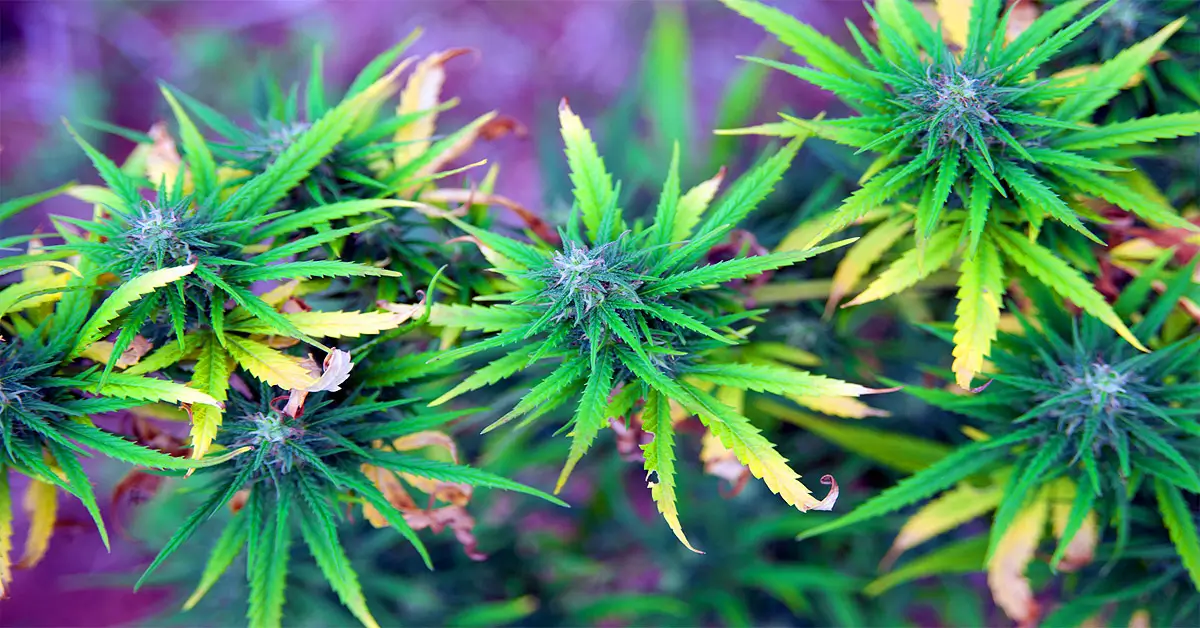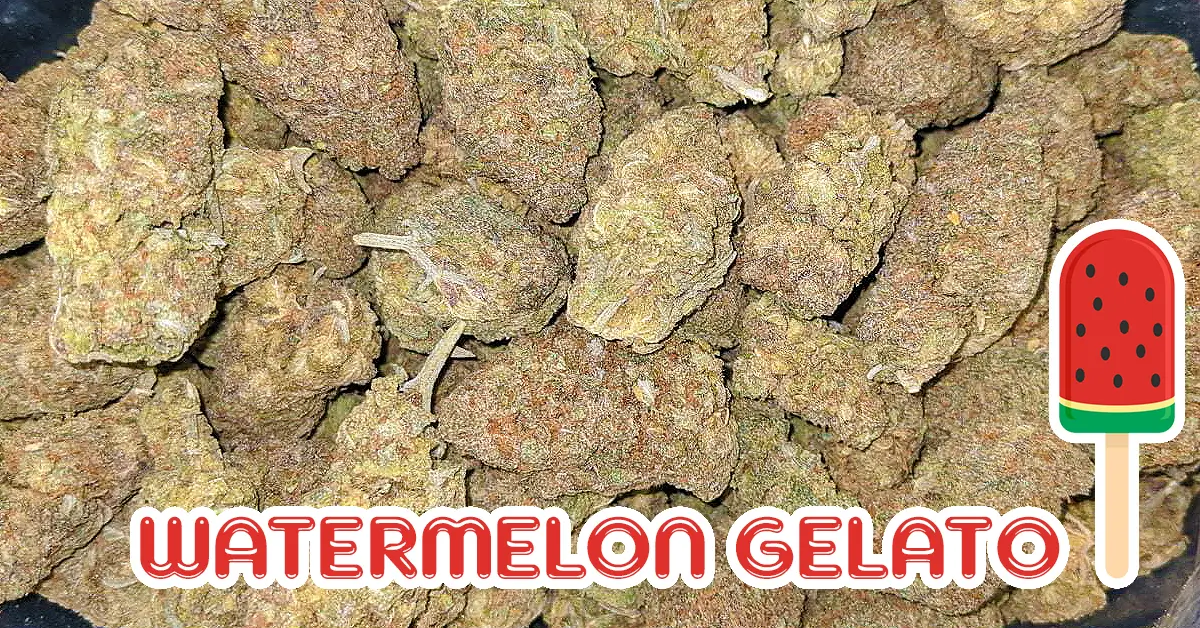Recognizing & Fixing Nutrient Burn In Your Cannabis Plants
Recognizing & fixing nutrient burn in your cannabis plants is just as important as feeding your plants. Too much or too little nutrients can mean either burning of the leaves and extra stress on the plant. You could even destroy the plant completely by over-feeding it. You also need to watch for nutrient deficiencies as well, which can also destroy the plant and, at the very least, knock down your total yield as well as decrease the THC production. Either way, it is very important to keep your nutrient levels just right.
Maintaining an optimal balance of nutrients, including nitrogen, is crucial for healthy plant growth. However, it is possible to overfeed plants, resulting in a condition known as “nutrient burn.” This common issue can be rectified if detected early. It can be disheartening to see your plants suffer while you navigate the learning curve of providing proper care. Understanding the signs, causes, and treatments of nutrient burn is essential to prevent crop losses in the future.
To help you embark on your research journey, let’s address some common questions you may have about nutrient burn.
What Is Nutrient Burn?
Nutrient burn is most commonly caused when growers administer excessive amounts of bottled nutrients to their plants in a controlled environment. Since plants cannot effectively eliminate the excess nutrients, they end up damaging the roots and leaves. When the leaves are damaged or burned, the available surface area for photosynthesis is reduced. Consequently, the plants produce less glucose, which is essential for optimal growth.
If nutrient burn is left unchecked, it can lead to complete leaf death and subsequent shedding. This can significantly impact crop yields, making it particularly crucial for cannabis growers to address nutrient burn. For crops like lettuce and tomatoes, nutrient burn can also reduce the nutritional value of the produce.
Taking prompt action to address nutrient burn is vital to mitigate its negative effects on plant health and overall crop quality.

Signs Of Nutrient Burn On Your Plant’s Leaves
Identifying the earliest signs of nutrient burn is crucial to rectify the situation and prevent crop loss. Here are some visual indicators to watch out for:
–Bending or curling leaf tips: When the leaf tips start to bend or curl, it can be a sign of nutrient burn. This occurs as the plant tries to cope with the excess nutrients and redirects them to the furthest parts of the leaves.
–Yellow or brown leaf tips: The plant may exhibit yellowing or browning of the leaf tips, which is a response to the excessive nutrients. This discoloration is the plant’s attempt to eliminate the surplus nutrients.
–Deep green leaves: Over-fertilization can cause the leaves to appear excessively dark green, indicating an oversaturation of nutrients. This deep green color is an indicator of over-fertilization.
By being vigilant and recognizing these early signs of nutrient burn, you can take corrective measures in a timely manner, mitigating potential crop losses and ensuring the health and productivity of your plants.

How To Fix Nutrient Burn
Regardless of the type of crop you’re growing, it’s essential to provide the right nutrients at each stage of the plant’s life cycle to avoid nutrient burn. Different nutrients are required during the vegetative and flowering stages, so using the wrong fertilizer at the wrong time can lead to nutrient imbalances and burn.
To prevent nutrient burn, carefully read the labels of fertilizers and understand the appropriate nutrient ratios for each growth stage. Here are some tips for addressing nutrient burn based on the growing method:
Growing in soil:
If you notice nutrient burn while hand watering your plants, it is recommended to remove the affected foliage and flush the plants with plain pH-balanced water. Flushing helps remove excess nutrients from the soil, allowing the plants to recover. You can test the pH of the water using a pH pen and adjust the nutrient solution accordingly.
Growing hydroponically:
In a hydroponic system, if you realize that you have been providing the wrong nutrients, you can dilute the nutrient solution with plain pH-balanced water. It is important to test the pH levels using a pH pen. If necessary, you can completely change the water in the system and start fresh with the correct fertilizer at the appropriate dilution level. Monitoring the nutrient levels in the water using a Truncheon Meter can also be beneficial.
By carefully managing nutrient applications, understanding the specific needs of your plants at different growth stages, and monitoring pH levels, you can prevent and address nutrient burn effectively, promoting healthy plant growth and maximizing crop yields.
How To Prevent Nutrient Burn
Maintaining the right pH levels for your crops is crucial for their optimal growth and to prevent nutrient burn. Different crops have specific pH preferences, and providing them with their preferred pH range will help them thrive. For example, cannabis grown in soil generally prefers a slightly acidic environment around its roots.
When the pH level is outside the appropriate range for a plant, it hampers the plant’s ability to absorb the added nutrients in the soil or hydroponic system. It is a common mistake to assume that adding more fertilizer will solve the problem when the root cause is an incorrect pH level. This can lead to wasted fertilizer that the plant cannot utilize and lower crop yields due to poor plant health.
To address this issue, it is important to monitor the pH levels of both the water and soil or growing medium. Using reliable tools like a Soil pH Pen can help you accurately measure the pH of the soil. Additionally, measuring the conductivity (EC/PPM) of the solution with an EC meter allows you to assess if the plants are properly absorbing nutrients. Regular pH and EC testing will provide you with valuable data to make informed decisions and take appropriate actions.
By maintaining the correct pH levels, you ensure that your plants can efficiently take up nutrients, promoting healthy growth and maximizing crop yields. Monitoring pH and EC levels and taking corrective measures based on the gathered data are essential practices for successful plant cultivation.
Will Plants Recover From Nutrient Burn
You are correct that once leaves are burnt, they will not turn green again. However, you can remove the burnt portions by clipping them off. It is important to monitor the progress of recovery methods, and a positive sign is if the burning stops spreading further.
In cases where whole leaves have been severely burnt and are at the point of falling off the plant, it is advisable to remove them. Leaving damaged leaves on the plant can create a favorable environment for pests and diseases.
In some instances, if the nutrient burn is severe and extensive, it may be more practical and cost-effective to restart your grow. Starting fresh can save you time and resources in the long run, allowing you to avoid potential ongoing issues caused by severe nutrient burn.
Assessing the severity of the nutrient burn and considering the overall health and viability of the plants will help you make an informed decision on the best course of action for your specific situation.
How To Tell the Difference Between Nutrient Burn & Nutrient Deficiency
Distinguishing between nutrient burn and nutrient deficiency in plants can indeed be challenging, as they can exhibit similar symptoms. For example, in cannabis, both potassium deficiency and nutrient burn can result in yellowing of leaf margins and browning along the edges.
One helpful method to diagnose the issue is to assess the pH level of the growing environment. Nutrient deficiencies often arise from pH imbalances, where the plants are unable to absorb specific nutrients due to an incorrect pH level. Regularly testing the runoff from your plants can provide insights into whether the pH level is within the desired range. If the pH level is optimal, it is more likely that the symptoms observed are due to nutrient burn.
However, it’s important to note that while pH-related issues can contribute to nutrient deficiencies, other factors such as inadequate nutrient uptake or imbalances can also cause nutrient deficiencies. Therefore, it is valuable to consider other factors alongside pH levels when diagnosing plant health issues.
If you are uncertain about the cause of the symptoms in your plants, seeking advice from experienced growers or consulting with a plant specialist can provide further guidance in accurately identifying and addressing nutrient burn or nutrient deficiencies.

Keep Your Plant Healthy
Finding the right balance in nutrient levels and feeding can be challenging in plant cultivation. However, with proper monitoring and adjustments, you can prevent nutrient burn and achieve optimal plant health.
Regularly measuring pH and EC/PPM levels is crucial in maintaining the right nutrient balance. pH levels indicate the acidity or alkalinity of the growing medium, while EC/PPM measurements reflect the electrical conductivity or nutrient concentration in the solution. By monitoring these parameters frequently, you can ensure that your plants receive the appropriate nutrients in the correct ratios.
Regular monitoring allows you to identify any deviations from the desired levels promptly. Adjustments can be made to the nutrient solution, watering practices, or pH balancing agents, ensuring that the plants receive the optimal nutrition without the risk of nutrient burn.
Collecting reliable data through pH and EC/PPM measurements provides you with valuable insights and a deeper understanding of your crop’s nutritional needs. This data-driven approach helps you make informed decisions, reduce uncertainties, and promote healthy crop growth.
By prioritizing pH and EC/PPM measurements as part of your regular maintenance routine, you can fine-tune your nutrient management, mitigate the risks of nutrient burn, and cultivate healthy plants with greater confidence.




